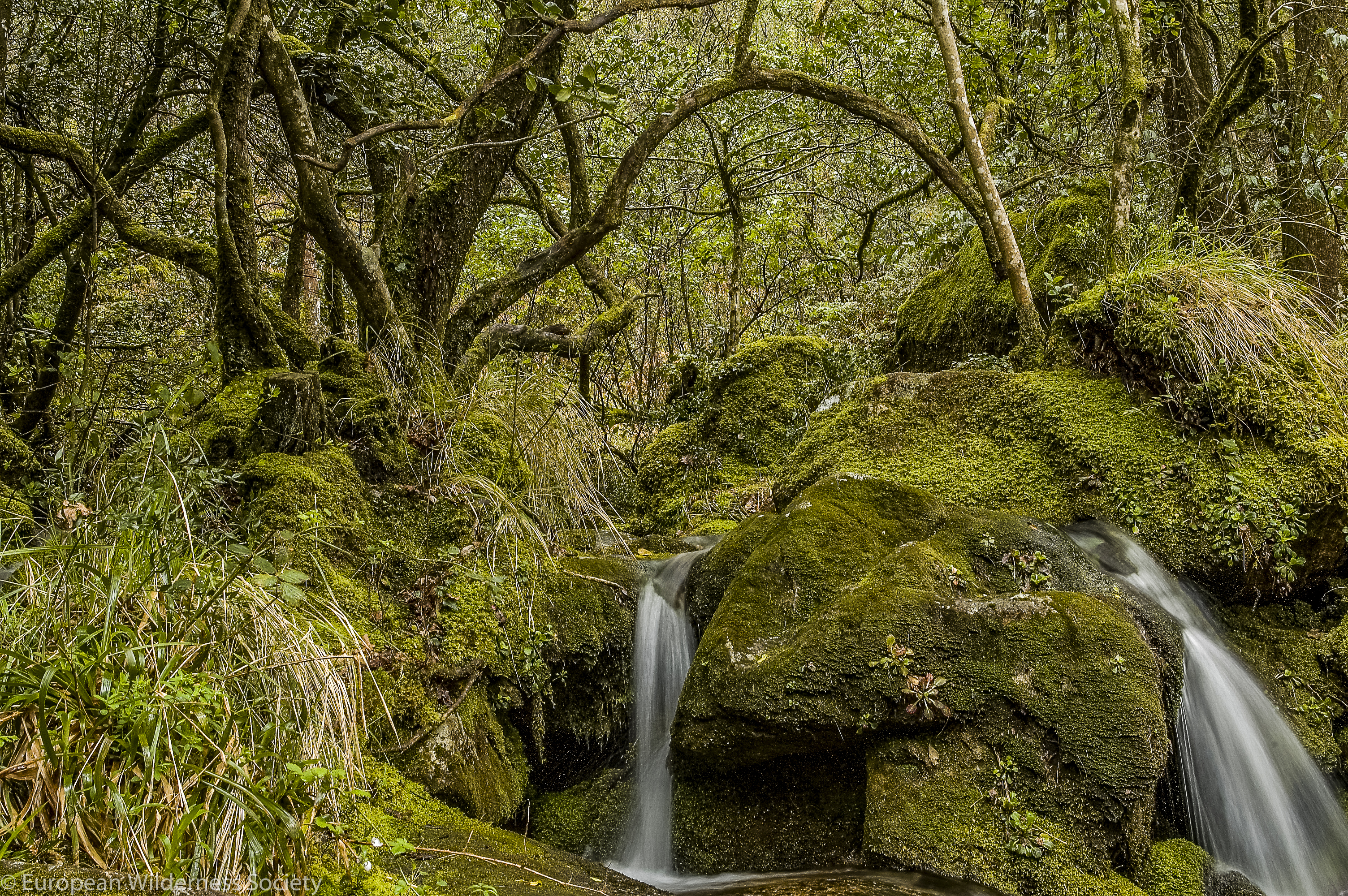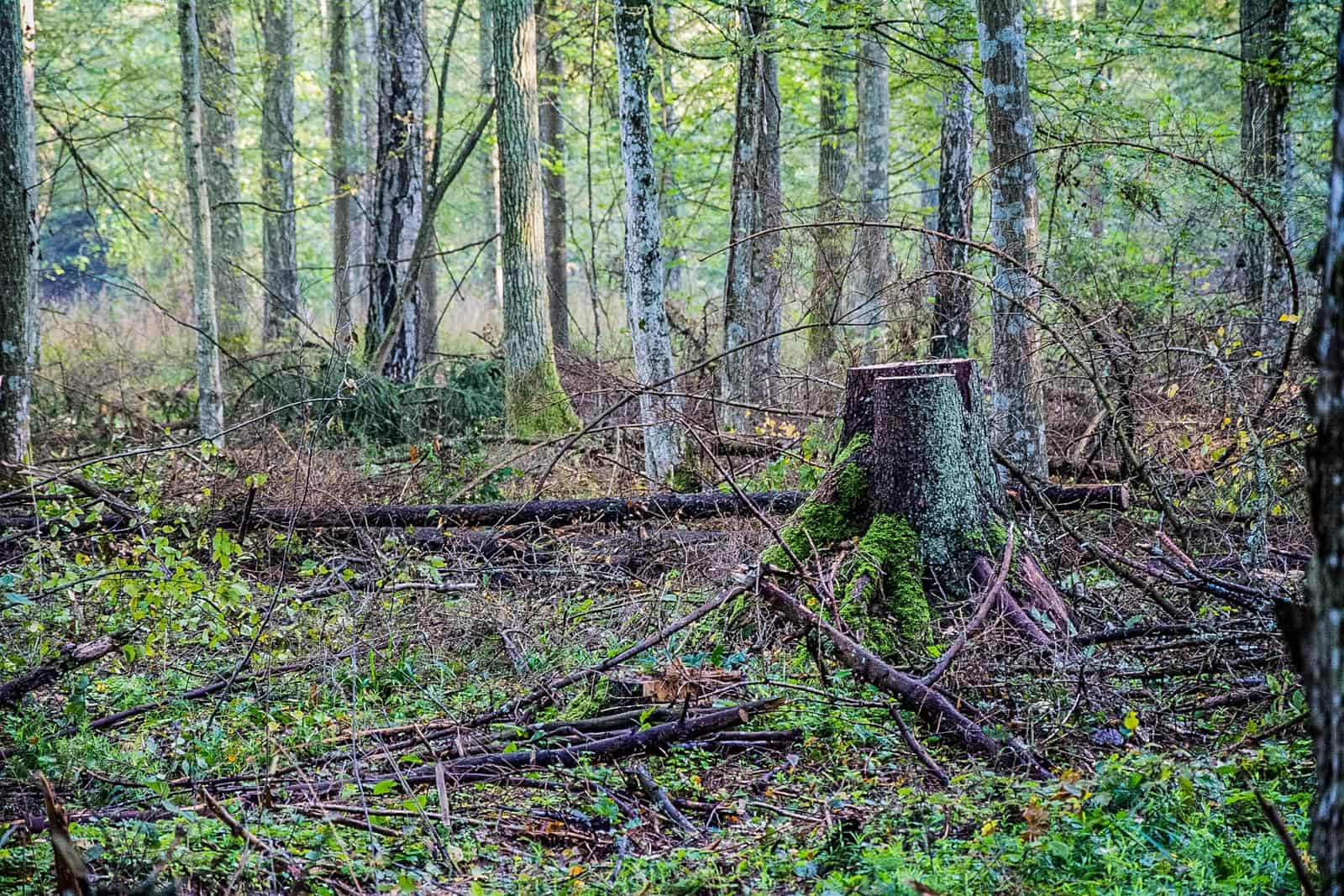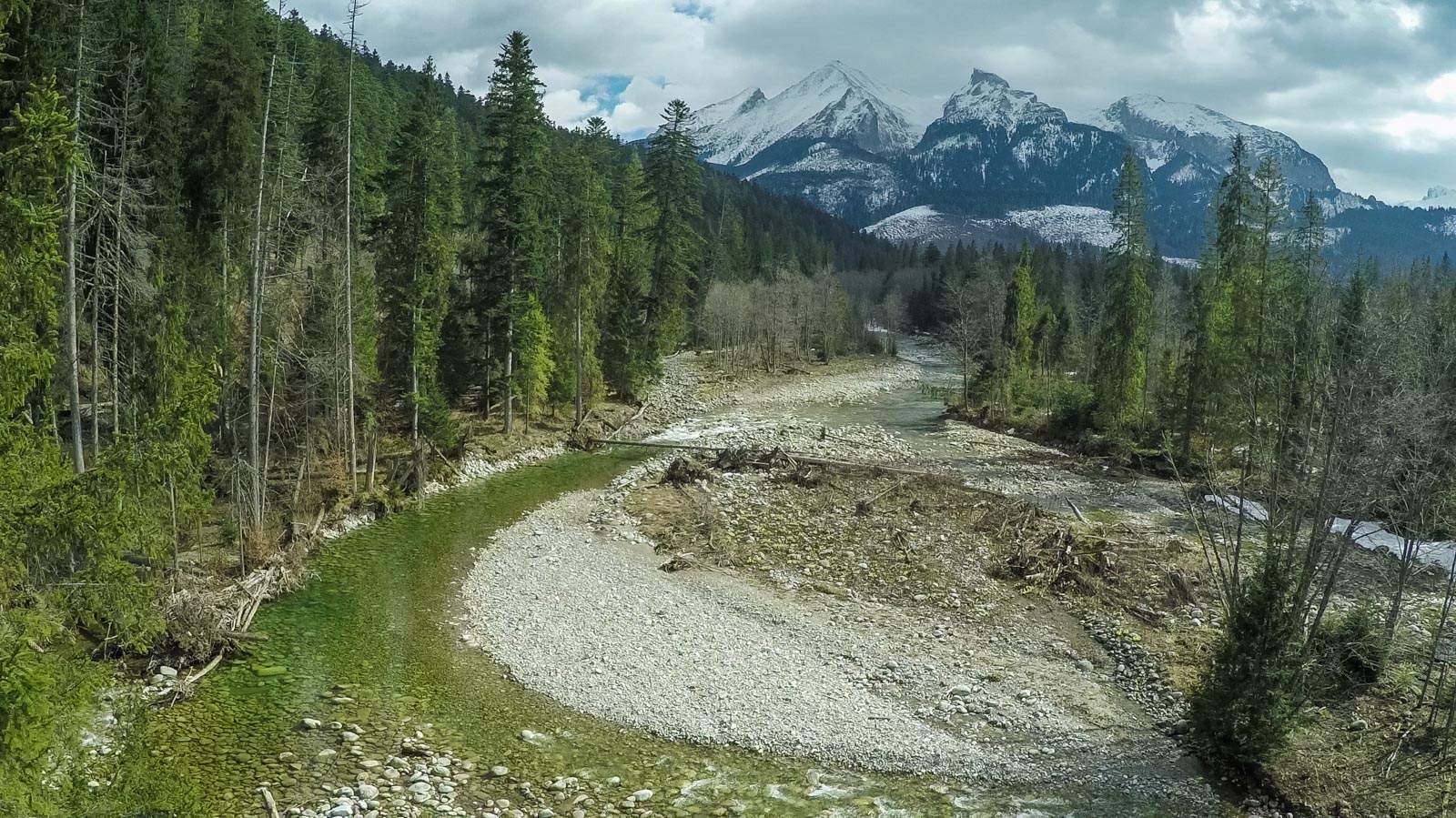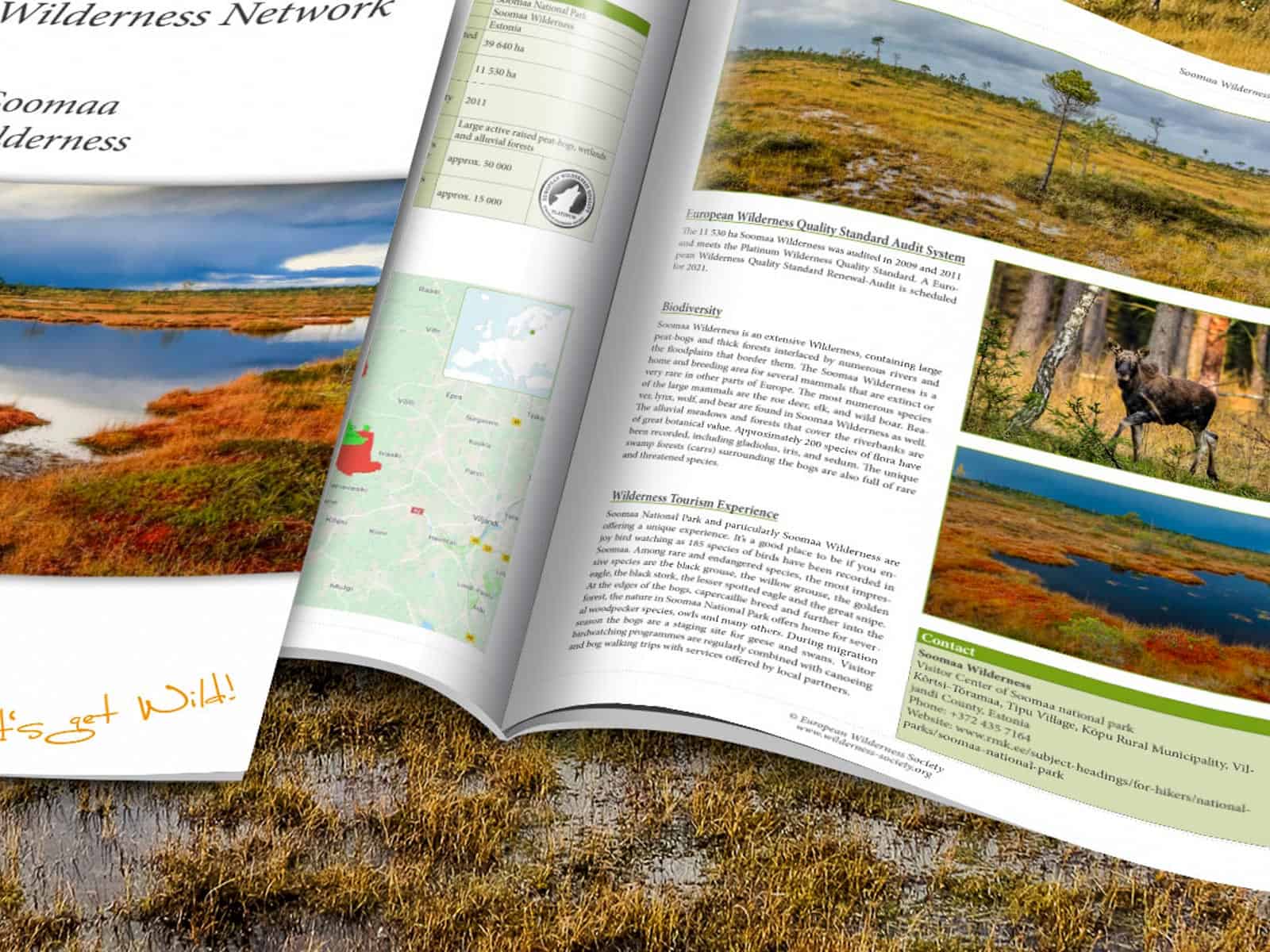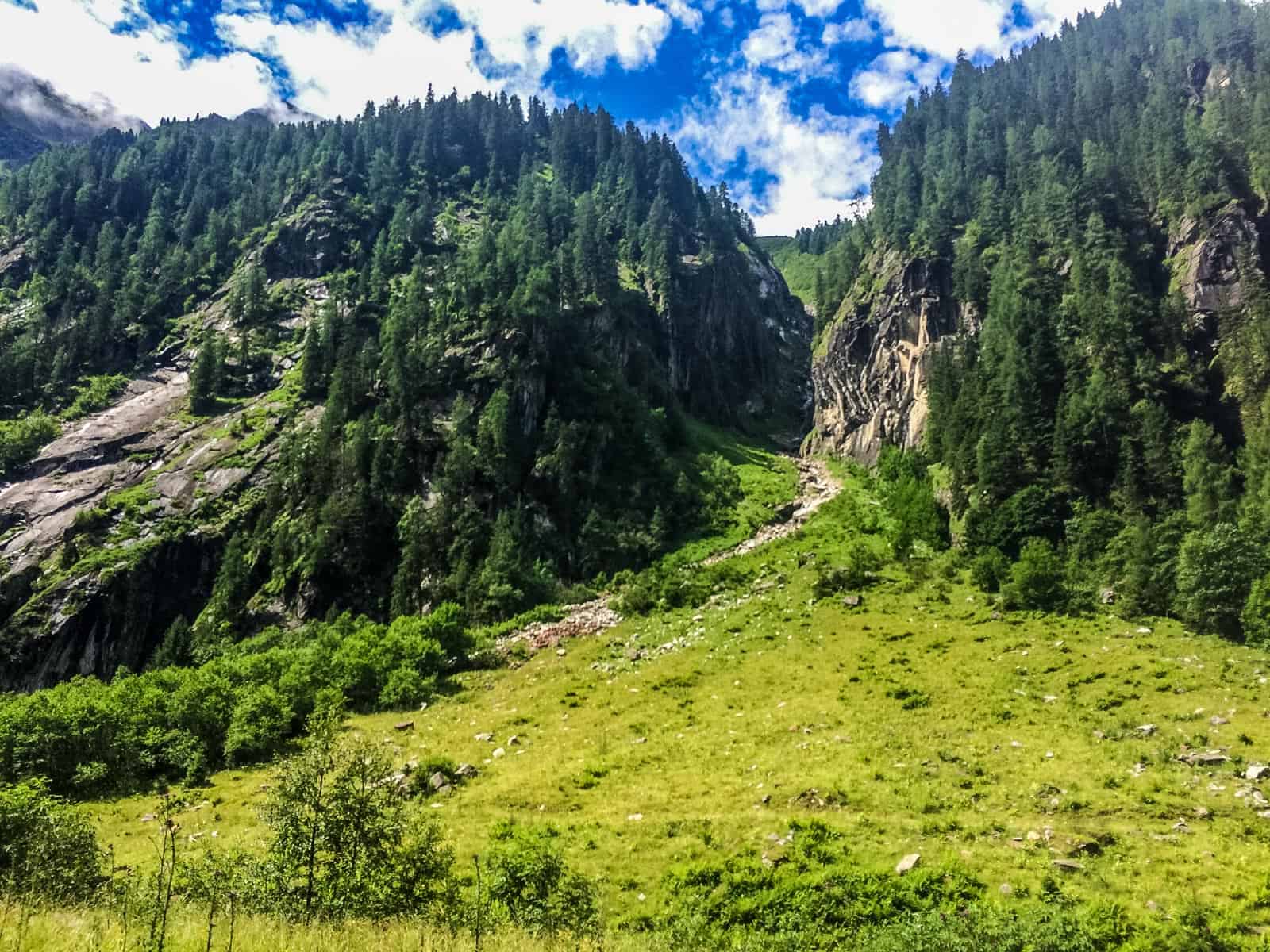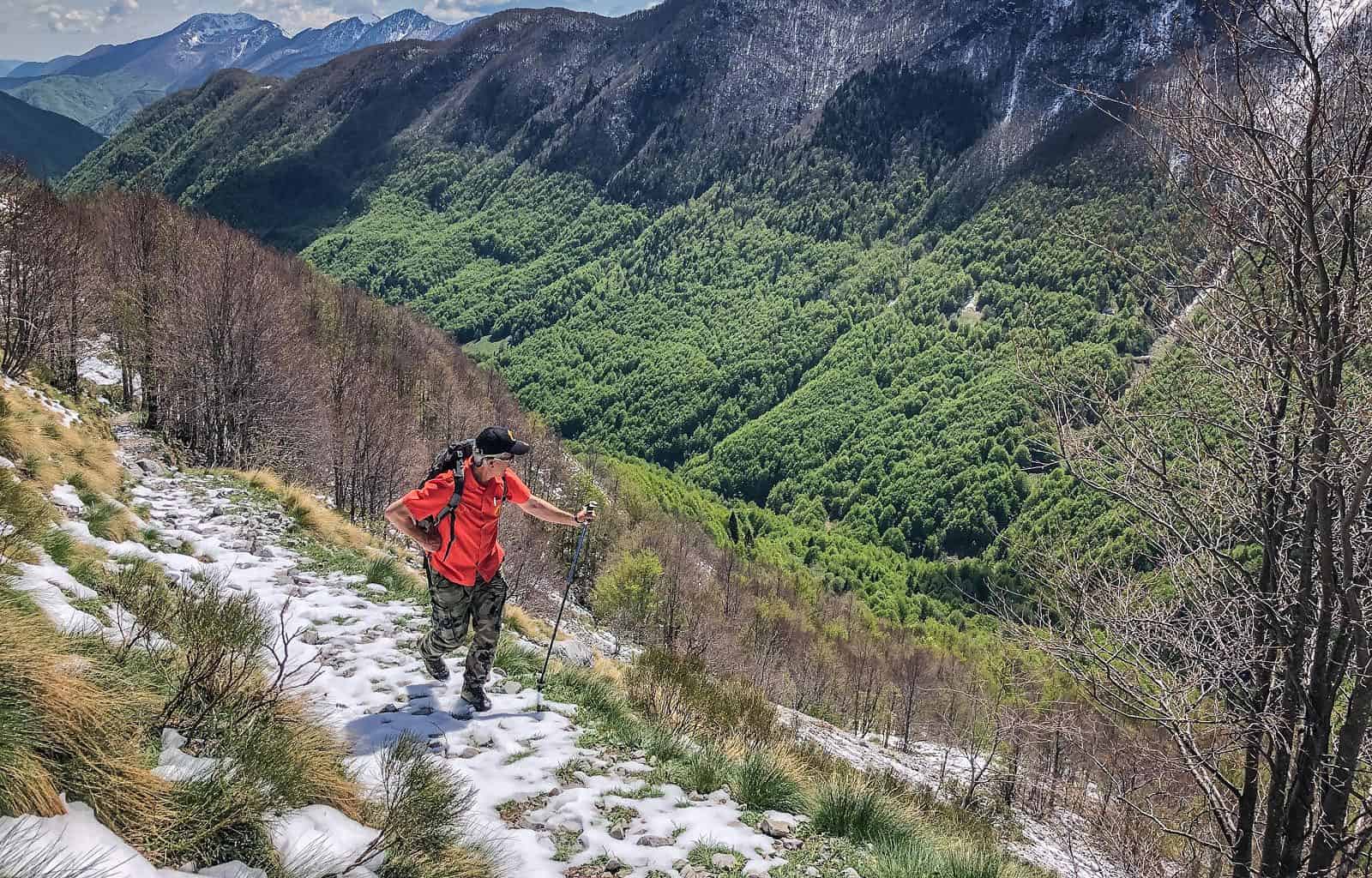Mata do Ramiscal Wilderness
Mata do Ramiscal Wilderness is nestled within the Peneda-Gerês National Park in Portugal. The area is part of the Peneda Geres Wilderness the only internationally recognized Wilderness in Portugal.
Mata do Ramiscal Wilderness boasts a captivating tree species composition that reflects the area’s rich historical and ecological significance. This fragment of ancient forest is renowned for its diversity and well-preserved structure, which has evolved over centuries.
Despite of millennia long history of man impact on land in Peneda-Gerês National Park the fragments of Wilderness survived in this area to nowadays. Mata do Ramiscal Wilderness is one of such area and since 2011 is part of the European Wilderness Network.
History of Mata do Ramiscal
The history of Mata do Ramiscal dates back to ancient times. Research revealed, that the forest has been inhabited since the prehistoric era. The evidence of human presence in the form of megalithic monuments and archaeological remains are telling fascinating history.
Throughout the centuries, the forest served as a vital resource for the local communities. Its dense vegetation provided timber for construction, firewood, and medicinal plants. The area also witnessed the activities of shepherds who used the forest for grazing their livestock.
Historical tree species composition
The Mata do Ramiscal Wilderness ancient forest is famous for its diverse and well-preserved vegetation, which has evolved over centuries. The area is today overgrown by a mix of deciduous and evergreen trees.
One of the most prominent species found here is the oak tree, specifically the Quercus robur and Quercus pyrenaica varieties. These majestic oaks have thrived in the area for centuries and played a crucial role in the forest ecosystem. Oak forests provided habitat for various wildlife and still today contribute to the overall biodiversity of the region.
Alongside the oaks, visitors can also encounter other notable tree species, such as beech (Fagus sylvatica), chestnut (Castanea sativa), and birch (Betula spp.). These species have adapted to the local climate and soil conditions, creating a diverse and resilient ecosystem.
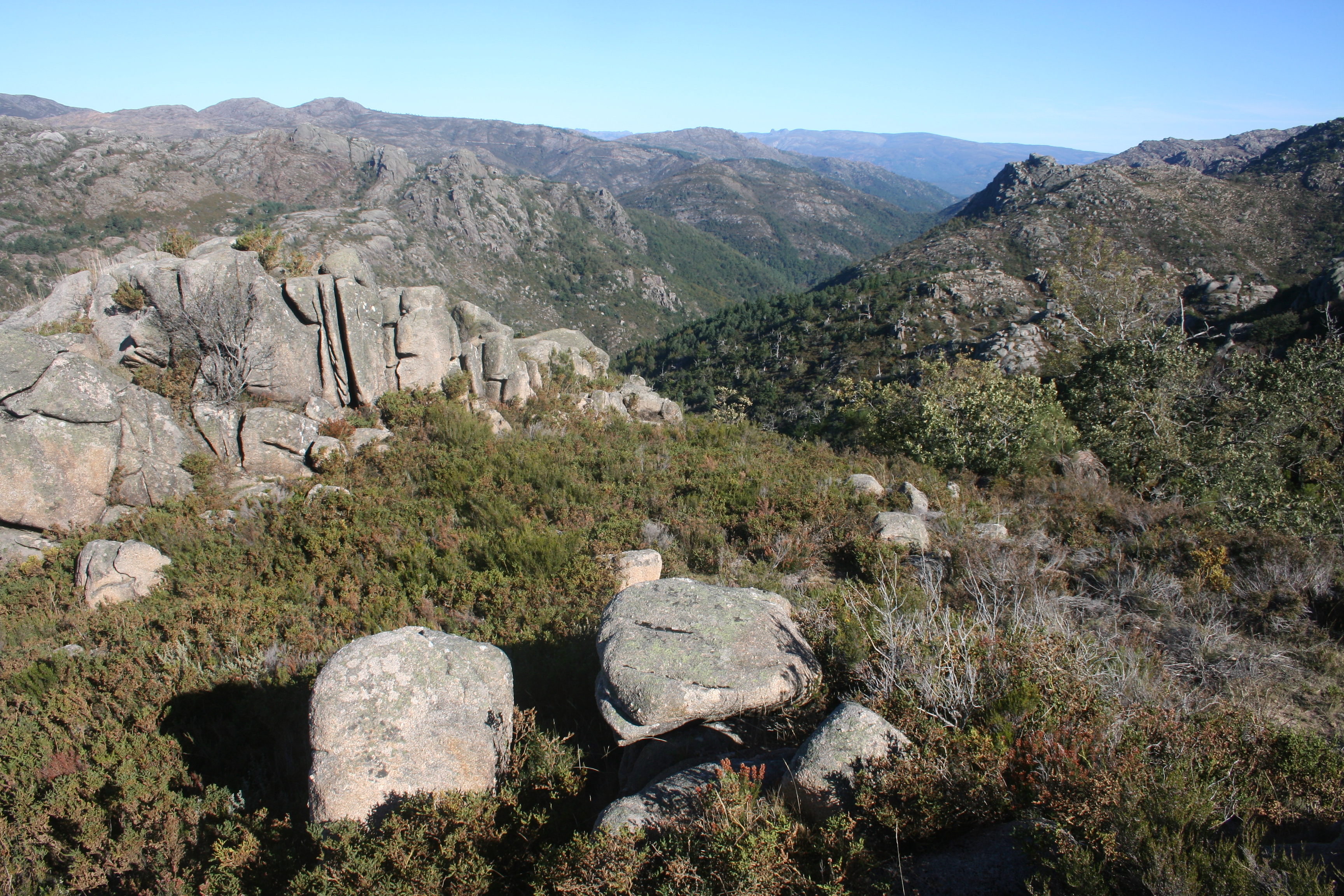
Historical use of Mata do Ramiscal forest
The historical significance of the tree species composition in Mata do Ramiscal lies in their utilization by local communities throughout the centuries. The forest has served as a vital resource for life of local people. That highlighting the deep connection between humans and nature in this region.
Today, the preservation and conservation of the tree species composition in Mata do Ramiscal are essential aspects of this piece of Wilderness in the Peneda-Gerês National Park. The ancient trees stand here as living witnesses to the area’s historical and ecological heritage. They provide a glimpse into the rich tapestry of life that has evolved within this captivating Wilderness.
Mata do Ramiscal Wilderness
In the 20th century, efforts were made to protect the Mata do Ramiscal Wilderness. The main motivation was recognizing its ecological value and the need to preserve its unique biodiversity. The designation of the Peneda-Gerês National Park helped safeguard also this ancient forest. That step led to, ensuring its conservation and promoting long-term strict protection of this Wilderness fragment.
Today, the Mata do Ramiscal Wilderness stands as a testament to Portugal’s natural and cultural heritage. Visitors can explore its pristine trails, marvel at its diverse flora and fauna, and immerse themselves in the history and beauty of this remarkable place.
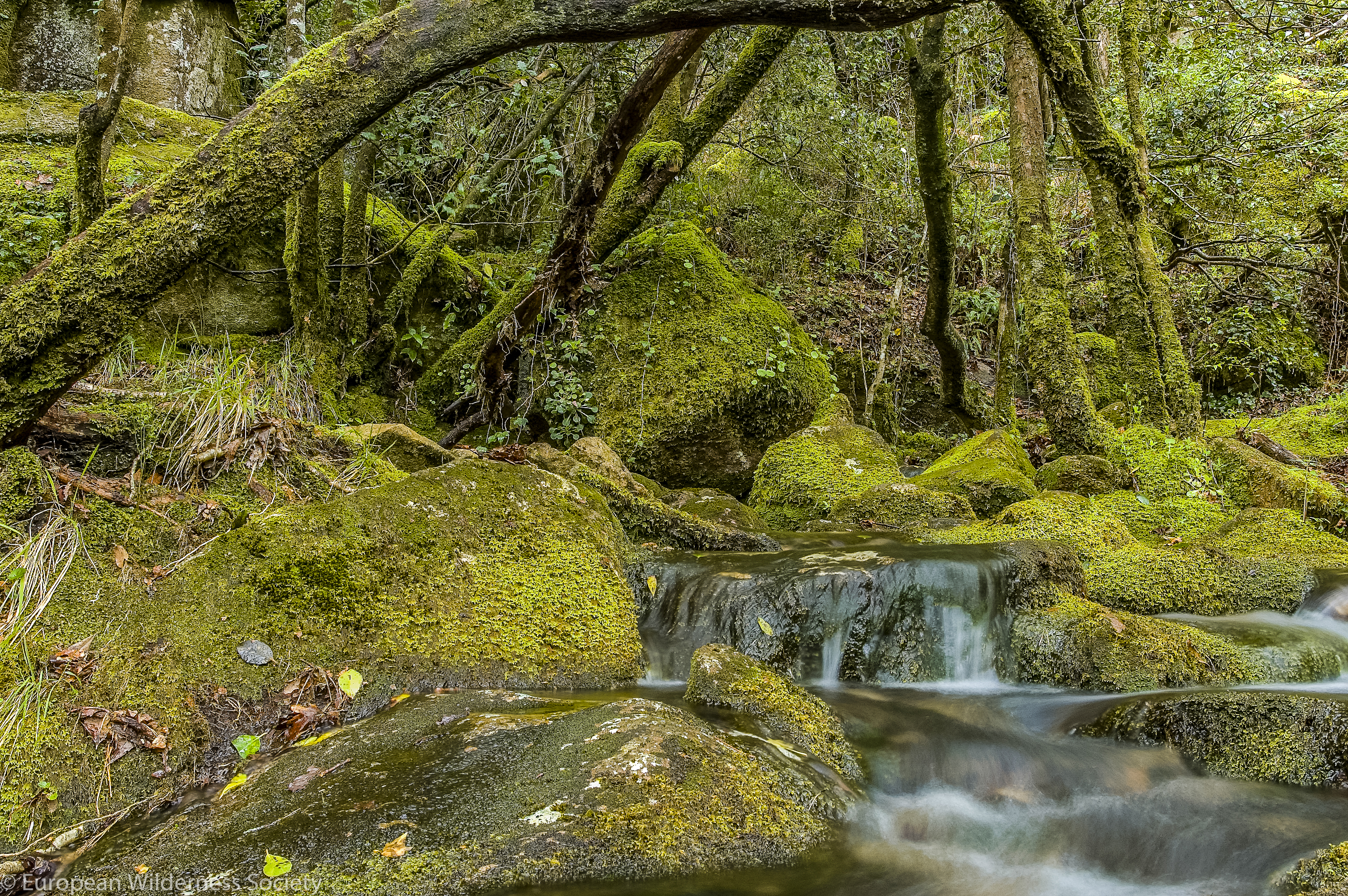
Strict protection of the Mata do Ramiscal
The Mata do Ramiscal Wilderness is strictly protect for several compelling reasons.
Firstly, the Mata do Ramiscal Wilderness is a sanctuary of biodiversity. It harbours a remarkable array of plant and animal species, some of which are rare or endangered. The strict protection measures safeguard wide spectrum of species and their habitats.
Secondly, this Wilderness holds significant cultural and historical importance. It has been inhabited since prehistoric times. The archaeological remains and megalithic monuments were found within the forest. They are witnesses to ancient human presence. Protecting this historical heritage helps preserve also the cultural identity and heritage of this region.
It is almost impossible to definitive account of the original tree composition Mata do Ramiscal Wilderness. However, considering the natural affinities of the region and the historical context, it is likely that the Mata do Ramiscal Wilderness contained a mix of oak, beech, chestnut, and birch trees already about 3 000 years ago.

